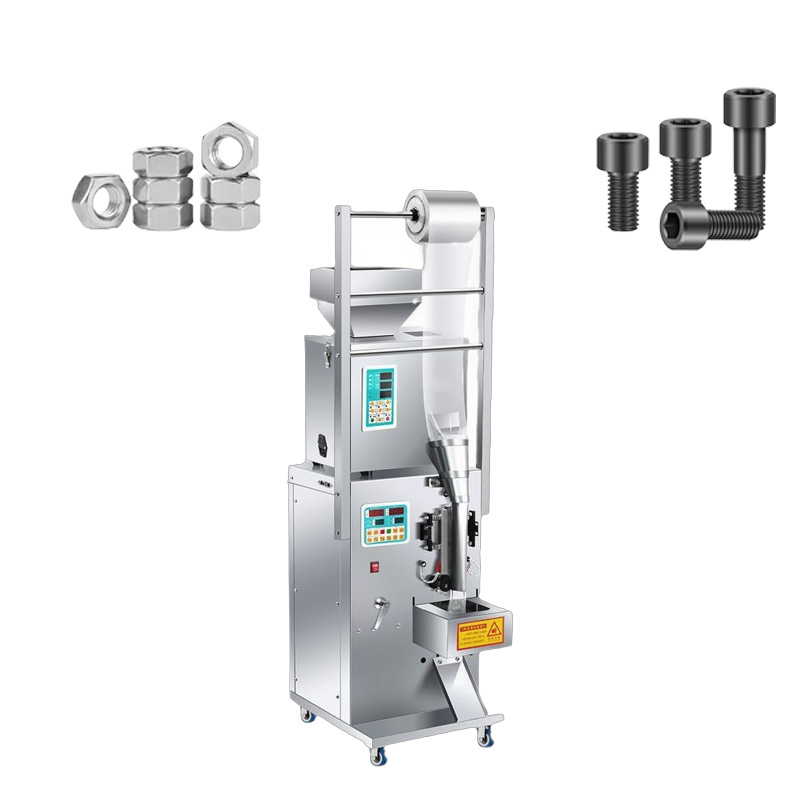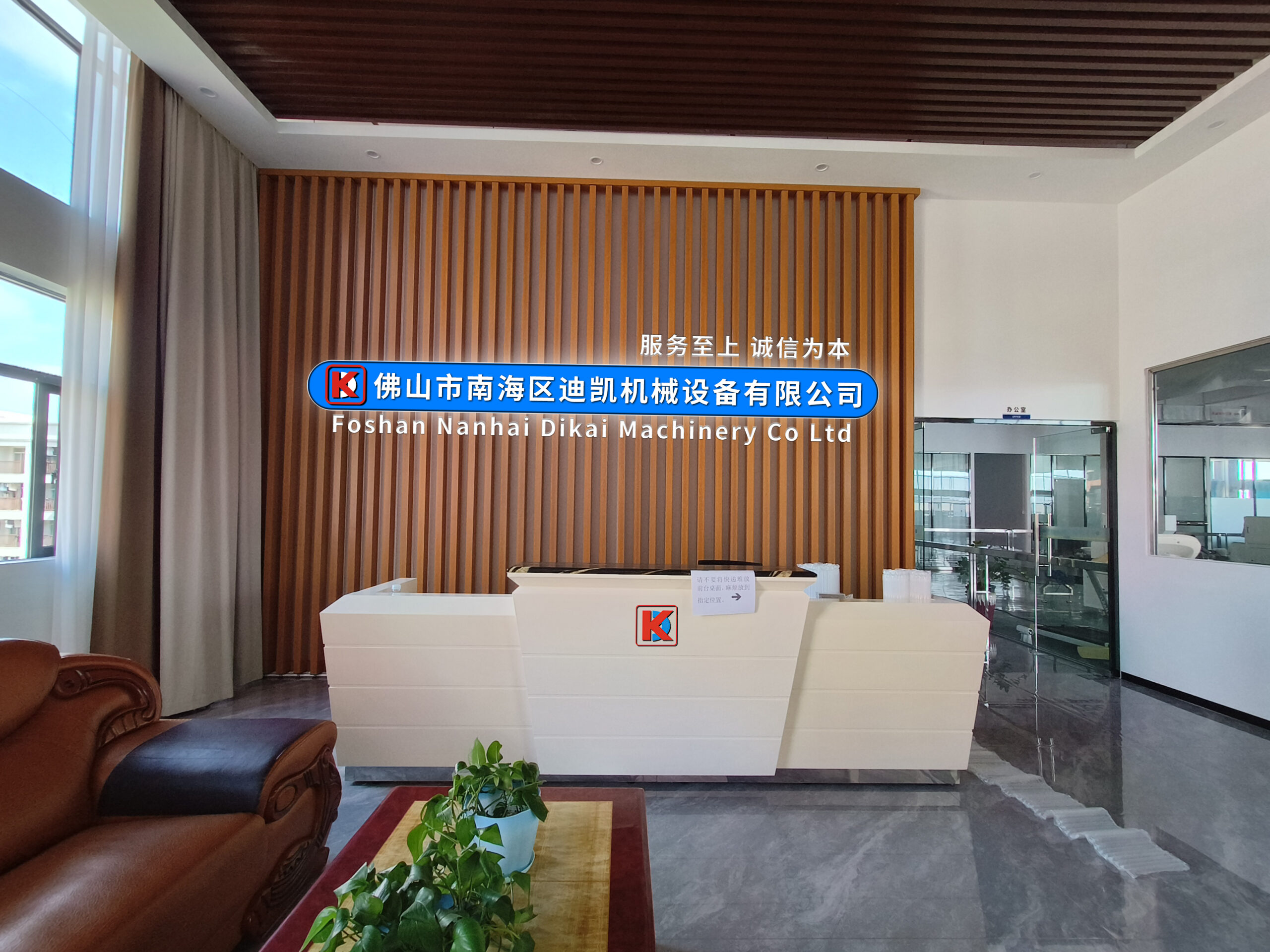Juice packaging machine
Juice packaging machine is an automated equipment used in the filling, sealing, packaging and other processes of juice production, aiming to improve production efficiency and ensure product quality. With the increasing demand for healthy eating, the juice market has increasingly high requirements for packaging equipment. Such equipment meets the hygiene standards and process stability requirements of large-scale production through precise measurement, sterile operation, and intelligent control.
Description
The juice packaging machine, with its efficient automation and precise control technology, has become a key equipment in the modern food industry.
Appearance features
Structural design: Adopting a modular combination layout, the main body is usually made of stainless steel material, balancing corrosion resistance and cleaning convenience; The front end of the equipment is equipped with a conveyor belt for bottle body transportation, and the back end integrates a sealing and labeling unit .
Operation interface: Equipped with a touch screen control panel, it can monitor operating parameters in real time (such as filling volume and temperature), and some high-end models support remote data exchange.
Core functions
Precise filling: Through mechanical, pneumatic, or vacuum filling systems, it can adapt to juices of different viscosities with an error rate of less than 0.5%.
Sealing and packaging: The bottle mouth is sealed using screw capping, heat sealing, or cold sealing techniques, and the labeling, coding, and packaging processes are completed simultaneously to ensure product leakage prevention and information traceability.
Cleaning and quality inspection: The built-in cleaning module can automatically flush out residual bottles, and some equipment is equipped with optical sensors to detect foreign objects or abnormal filling volume, reducing the rate of defective products.
Application scenarios
Juice production line: suitable for large-scale filling of various containers such as glass bottles and PET bottles, commonly used in beverage processing plants and central kitchens of chain restaurants.
Cross industry expansion: After parameter adjustment, it can be used for packaging liquid or semi liquid foods such as jam, dairy products, seasonings, etc., to meet diversified production needs.







